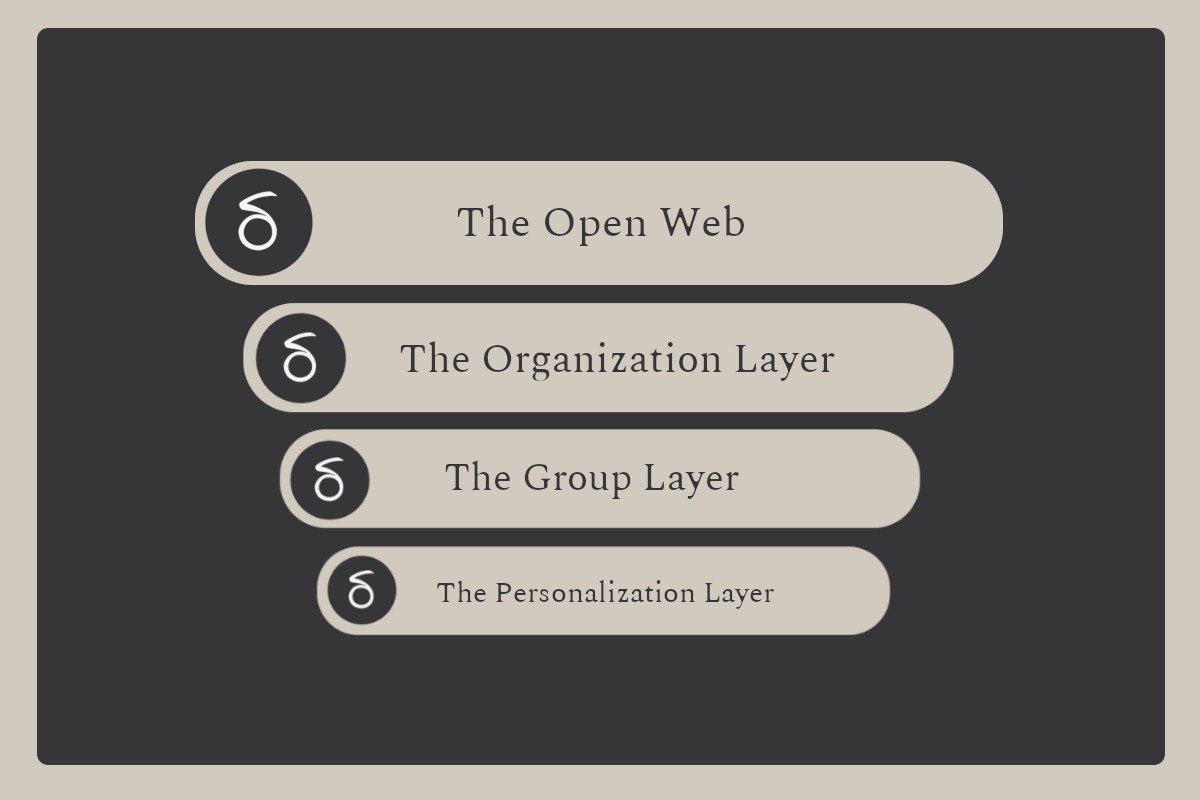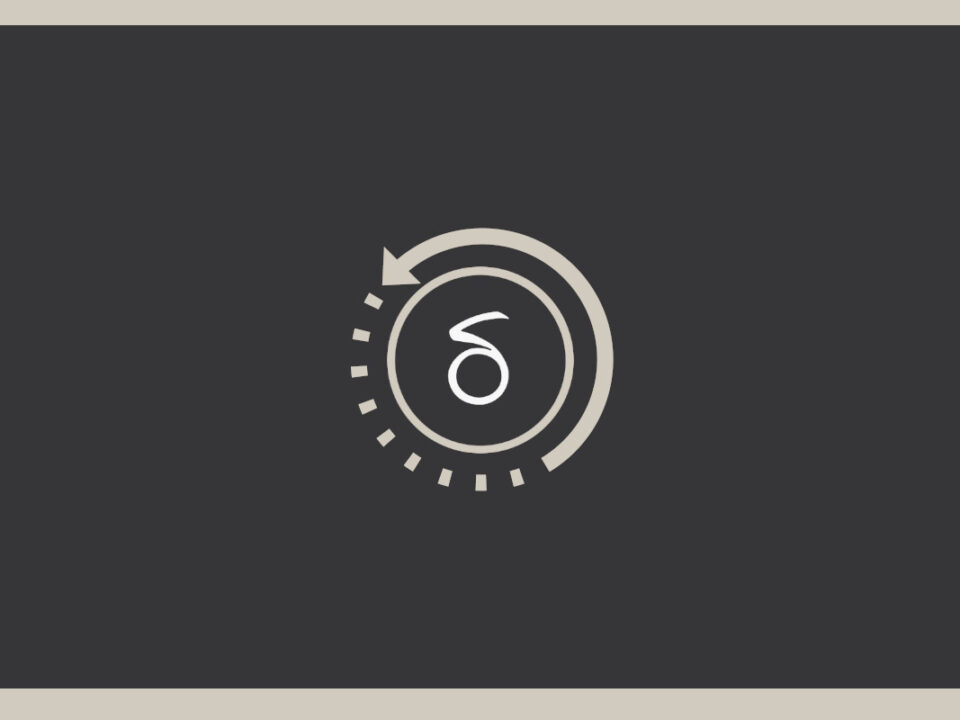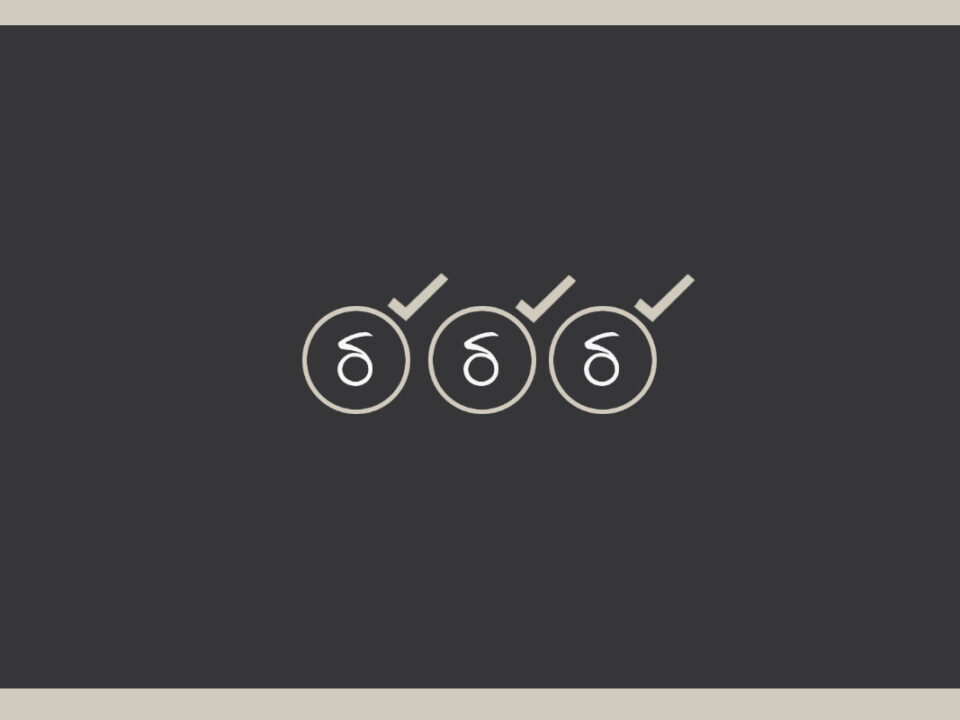Digital Layers: Unraveling Digital Spaces (And How They Fit Together) For Small Businesses, Part I
Facebook, Instagram, Google, TikTok, Reddit, Pinterest, ChatGPT.
The list of digital platforms for small business owners to learn, explore – and leverage – is virtually (pun intended) endless.
It’s extremely easy to feel overwhelmed by it all. Even after the nearly 2 decades of experience working in digital, I still find new, interesting things online almost weekly.
Taking a step back today, I wanted to go through how everything fits together – or at least how I see things, from a top-down view.
When folks think “digital marketing” they might just think “Facebook” or “Google”, but the truth is digital is much more far reaching than any single platform.
1. The Open Web Layer ( Vast, Growing… and Disorganized )
If something is online (like your small business website, blog post etc.), it’s now a part of the collective open web.
It’s public, free (mostly) and… mostly disorganized.
While you can use browser bookmarks and other apps to help you find things back directly (without having to memorize a website/resource), the open web is so vast that without something (or some platform) to help organize it, would be next to impossible to navigate efficiently.
Without that organization, you’d essentially have to follow links on each website until you reached one that was relevant to what you were searching for – not impossible, but not very efficient.
2. The Organization Layer ( Increasingly Structured/Ordered, Fast Access To Relevant Information & Business Listings )
Examples: Search Engines, AI Platforms -> Google, Bing, Yahoo, ChatGPT (More on this below)
This layer is designed for organization – “organizing the world’s information” as Google would put it.
Search engines (and now AI platforms), help assist users in finding relevant information by keeping a collection (or index) of resources (websites, pages, etc.) from the Open Web and organizing them by different categories, topics and other ways to organize information.
You search for a keyword (or enter a prompt) and the engine of choice presents results related (and most relevant) to that keyword or prompt.
How search engines synthesize and present those results and aligns users with small businesses is a topic for another day, but what you need to know here is that this layer represents a fast way for users to retrieve information (including your small business).
This layer is also free and open to the public, but many offer you the option to create an account so you can save your history for even faster retrieval of information.
3. The Group Layer ( Clusters of Users & Interactions, Connected By Profiles, Niche Topics/Interests )
Examples: Social Media, Niche Groups/Forums, Online Communities -> Facebook, Instagram, Reddit, Twitter/X, Slack Groups, TikTok, Youtube
This next layer is “where users gather & communicate”.
These are platforms where groups of users connect to post updates and communicate – sometimes publicly and sometimes privately – with each other.
Generally, these platforms require you to create an account to participate, allowing these platforms to authenticate & verify users’ identity.
Each of these platforms also have a search element baked in, allowing you to search for content, users, groups, topics – anything that is accessible – and searchable – on those platforms or websites (like Youtube, which is a giant searchable database for videos – it arguably could go into the “Organization” layer above for this reason).
4. The Personalization Layer ( Individual, Direct Communication )
Examples: Email/Newsletters, Text, Direct Messages, AI Chatbots -> Mailchimp, WhatsApp, Snapchat, Messenger, ChatGPT
This layer has quite a bit of overlap with the group layer (we could probably slide WhatsApp and Snapchat into the group layer, to be honest), but here most of the communication is done privately, one-to-one.
This is more personalized communication – meant for directly connecting with individual users, rather than a group of users (though not always).
As you might also guess, generally these platforms require accounts for verification (or list confirmation for email) to help protect other users from spam and other dangerous things that might be sent through a message.
These are more useful the closer you are to your audience (as you build closer relationships over time) so it’s very helpful for small business owners to send personalized messages that resonate with individual users rather than a group of users.
AI Chatbots (like ChatGPT and others) I’ve also slid into this category, as those conversations become more and more personalized to individual users over time (and are mostly private in nature – though not completely private).
While ChatGPT and others like it offer fast ways of accessing information (on the organizational level), many of those sessions become more conversational in nature over time, much like text, email and other messaging.
Leveraging Each Layer For Your Small Business
Before jumping into each layer (which a lot of folks do kind of haphazardly), it’s best to step back and evaluate how your small business might fit into and approach each one.
As mentioned in a previous post, staying balanced with your digital marketing efforts has many advantages, so keeping yourself relevant in each layer can be fruitful.
Without a long-term plan in place (and ways to evaluate performance on each layer), however, it can get messy quite quickly over time.
The (Digital) Path To Your Small Business Likely Isn’t A Straight Line
Your customers/clients can start their journey to finding and connecting with your small business at almost every layer.
They can go directly to your website after spotting you offline. (Direct into the Open Web Layer)
They can use search to discover relevant content and business listings in your category. (The Organization Layer)
They can discover your content, look at past threads and recommendations on forum sites and social media. (The Group Layer)
They can reach out to you directly through messaging, email or text (or you can reach out to them). (The Personalization Layer)
Or (most importantly)… they can do all of the above (or some combination).
Exploring and mapping out customer paths between layers is a topic for another day, but ultimately what you need to know here is that staying balanced with your layer activity offers you the ability to diversify and optimize different paths your customers may take to your small business.
A Tool For The Future
Looking ahead for small businesses, it’s likely that new websites, apps and other digital platforms will continue to be added to the array of digital marketing surfaces that may be important for them learn about.
As you spot trends with your customers/clients, you can use this layer map to help you categorize and, in turn, more readily leverage them as they come into view for your small business (and your customers).
Lastly, I will say that some of these platforms are becoming more closely related to each other as they adopt many new, overlapping features (like the ChatGPT example above), but ultimately the primary use for each should be taken into consideration when categorizing them.
Either way, I hope that after reading this, you have a better idea of how things fit together in the digital marketing world and how you can best approach your digital marketing plans in 2025 (and beyond).




